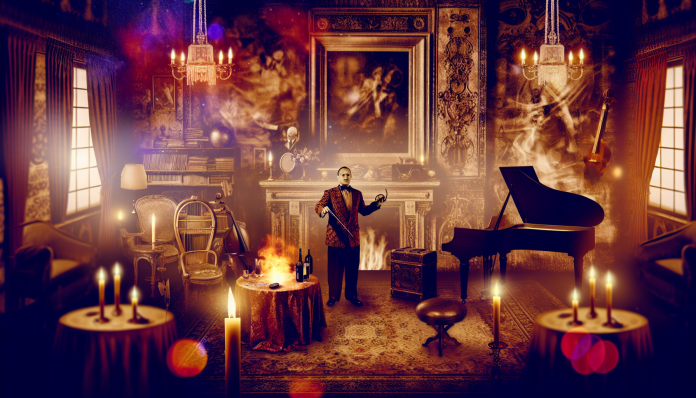Introduction: A Provocative Luminary
Henry Miller, born in 1891, remains a towering figure in American literature, not just for his contributions to writing but also for his audacious expressions of sexuality and rebellion against societal norms. His literary works, most notably “Tropic of Cancer,” published in 1934, showcased explicit sexual content and challenged the conventions of modesty that dominated the early 20th century. Set against a backdrop of conservative moral attitudes and the Great Depression, Miller’s life and works prompted significant controversy, shifting the landscape of literature and societal conversations about sex.
The Scandal: Breaking Taboos
Miller’s works exuded an unrestrained sexual fervor that rattled the prudish societal structures of his time. “Tropic of Cancer,” written while Miller lived in Paris, is an autobiographical novel that intricately details his sexual escapades, philosophical musings, and artistic struggles. With vivid descriptions of affairs with women—celebrated and criticized for their boldness—Miller became both a literary icon and a target for censure.
The most significant scandal emerged post-publication when the book faced numerous obscenity trials in the United States. Supporters hailed it as a groundbreaking work of art that confronted reality; opponents disdained it as vulgar and depraved. The trials culminated in the 1961 Supreme Court ruling which declared Miller’s work protected under the First Amendment, albeit amidst heated debate.
Key Reactions from the Time:
- Critics’ Outcries: Many prominent literary critics condemned Miller’s work as obscene, citing it as a danger to “public morals.”
- Support from Artists: Fellow writers and artists, including Anaïs Nin, viewed Miller as a liberator who pushed the boundaries of expression and personal freedom.
In his own words, Miller once declared, “I have no regrets. My life was an affair with the unknown.” This defiance exemplified the countercultural spirit of the time, drawing admiration and ire in equal measure.
Moral and Cultural Analysis: Societal Backlash vs. Modern Acceptance
The early 20th century’s rigid moral standards played a significant role in shaping reactions to Miller’s works. Society viewed sexuality as a taboo subject—discussed only in hushed tones and behind closed doors. Literature was expected to uphold these ethical constraints, and any deviation was met with outrage. Many of Miller’s readers were shocked and scandalized, leading to public debates and censorship that rendered a split among art, morality, and freedom of expression.
In contrast, contemporary society is often characterized by greater sexual openness and acceptance of diverse narratives surrounding sexuality. The discussions around sexual liberation, as demonstrated by the #MeToo movement and modern LGBTQ+ rights, signify a fundamental shift toward embracing rather than shunning discussions about sex. Had Miller’s works been released in the current era, they likely would have sparked debates around consent and representation rather than solely focusing on obscenity.

